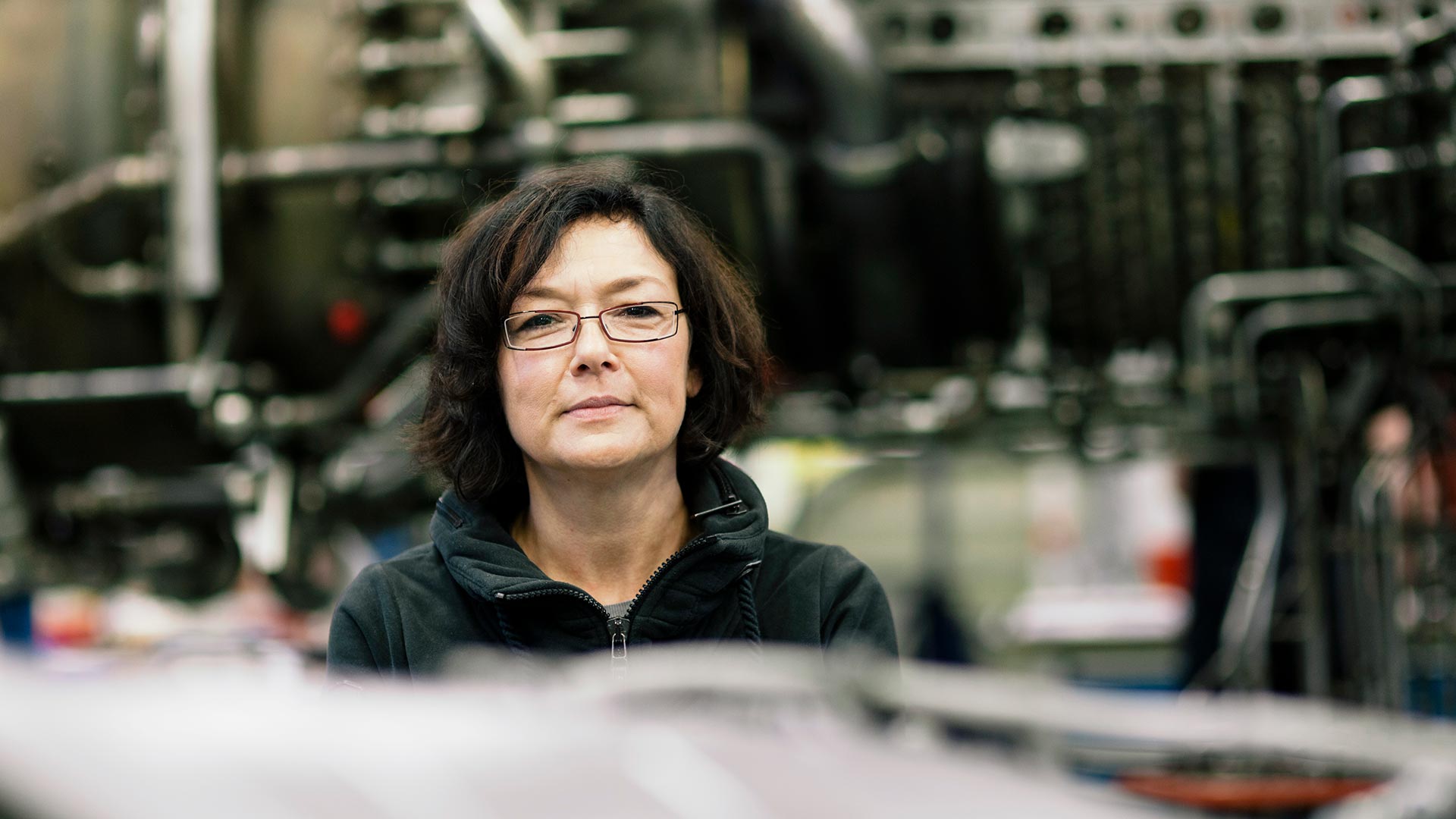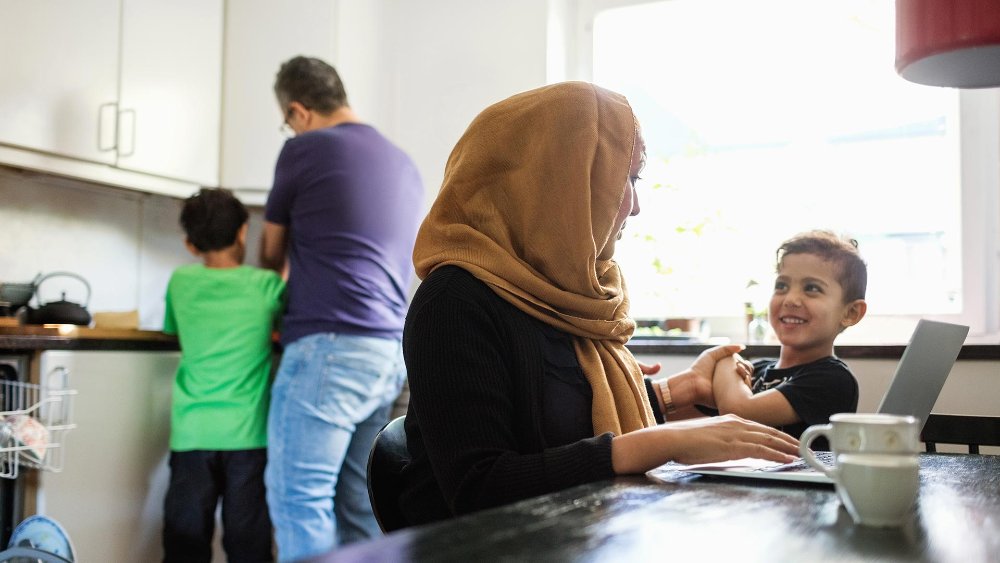
Increasingly, employees, customers, suppliers, and investors are looking to work for, work with, and invest in organizations that conduct business in a manner that represents the core values of diversity, equity, and inclusion.
This trend mirrors a foundational societal shift toward a new age of social awareness.
Social forces that underscore this transformation include increasing diversity of household structures, an aging population, increasing perceptions of social isolation, expanding identification about LGBTQ+ communities, and rising discourse of racial inequity.
According to a recently released PWC survey, 75% of organizations say their DE&I programs are now a value or priority. And yet, in Alight research to be released in late April 2022, when asked about diversity and inclusion programs, we find employees less than enthusiastic:
- Overall satisfaction with DE&I programs hovers just around 50%; this is consistent across all communities and levels of management
- Less than half of all respondents feel safe to be their “authentic selves” at work
- Just over one-third acknowledged that it is important that their workplace is comprised of employees spanning a range of cultures, backgrounds, and points-of-view, with 62% of upper management ranking this highly and just 27% of lower management.
- When asked if all should have equal leadership and advancement opportunities, 50% said this was important while just 43% were satisfied this was happening
Just over one-third acknowledged that it is important that their workplace is comprised of employees spanning a range of cultures, backgrounds, and points-of-view.
Alight’s Vice President of Diversity and Inclusion, Xan Daniels, has built a comprehensive DE&I program at Alight. She weighs in on her experiences and successes.
Q: What do we mean when we talk about workplace culture?
Broadly, it’s how an employer believes it functions and the principles by which it lives. A healthy culture (from the Latin cultura: growing, cultivation) is an environment that nurtures everyone’s performance, belonging, and personal growth.
Q: What outcomes should an organization expect from a DE&I program?
I prefer to say could. “‘Should” suggests there is a model to follow. There isn’t. There is a starting point but no end. Authentic DE&I investment doesn’t end but becomes an ongoing journey.
As it stands, most DE&I initiatives aren’t like this, and why many organizations miss the mark. The majority (of DE&I programs) still tend to be top-down strategies, project-managed to achieve tick box objectives, with an endpoint being the desired “cultural fit.”
This notion, however, of cultural fit entirely misses the point. We’re looking to achieve workplace cultures in which everyone can fit, not where one needs to feel disingenuous or to twist themselves to fit the preconceived mold, If this is the case, we’re simply care-washing the original issue.
Instead, the whole point of DE&I is to listen, invite change, and act to nurture an environment where everyone can be themselves on that day. On that day is pertinent. We all continually evolve, our circumstances change, our wellbeing falters, and our wallets flex and contract. One day, who we are is not always who we will be the following week. Most of us wish life could be as simple as this.
Q: In your experience, what is the hallmark of a successful DE&I program?
To achieve the best outcomes for all, everyone needs to have an ongoing voice. The opportunity to express exactly how working for the organization is for them. What challenges it creates for them, and which it solves. For some, coming to work is an escape; for others, the root cause of all their issues.
However, if you find that trust is low among your employee population, then this needs to be addressed by ensuring anonymous (truly anonymous) channels are open to all. It’s what you don’t want to hear that tends to need fixing.
What if there are 100,000 people in your organization, who gets heard? Your objective needs to be everyone. Some tools can be used to ensure everyone is heard. Automation and artificial intelligence are well established in digital HR processes. They can gather and report patterns on hundreds of data files in a millisecond and present these in easy-to-read formats. The initial listening is done. Now the actions.
Q: Creating a sustainable culture of diversity, equity, and inclusion requires a long-term focus. In your experience, what are the organizational commitments and channels required to create and then sustain a successful DE&I program?
I’ve already touched upon listening and open communication channels. This ensures that everyone who wants or feels confident is heard. However, the reality is so many people live in fear of losing their jobs that they won’t speak up. Living one or two paychecks away from financial disaster or relying on work provided benefits to care for their families, the best option is to endure in silence.
However, it’s these hidden voices that need to be heard. Without them, it’s impossible to create and sustain a workplace that provides the best outcomes for everyone. Often overlooked in DE&I initiatives is neurodiversity, yet “it is estimated that more than 1.2 billion individuals identify as being neurodivergent (having thinking styles that are different from the ‘typical’ population).”
One way of doing this is to set up employee resource groups – communities where groups of employees can come together based on shared identities, life experiences, aspirations, or anything that helps create a feeling of being “me.”
With the move to hybrid working models, this will be increasingly important. For some people, choosing where and when to work will make work more accessible, but the lack of routine this creates is highly triggering for many more. Worse still if you don’t feel you can communicate this.
Often, the human element in DE&I is neglected. As much as individuals can’t be ticked into boxes, people can’t be expected to feel grateful that the leadership team is working on initiatives to make the wider workforce feel more comfortable at work.
First, this can come across as condescending, and people see through this.
Second, as intelligent, emotional, sentient beings, we each respond differently. People see how the leadership teams behave and are looked after and rightly want to be seen as equally valued, but rarely do, which takes us back to the listening project. You must demonstrate you’re listening through your actions.

Flexibility must also be embedded into the work culture – an adaptive culture. A rigid structure doesn’t always suit the needs of a diverse workforce. With a one-size-fits-all approach, only a minority of employees will be able to sustain their own or their family members’ health, mind, bodies, and finances.
Q: If an organization finds that its DE&I program is not yielding the desired results, what steps should it take?
If it’s clear the DE&I initiative is not yielding results, the only option is to return to the workforce. Take time to listen, invite change, and recognize that your DE&I culture will always be a work-in-progress. It has to be. Life does not stand still. Added to this, it’s near on impossible to optimize the workplace for every individual, but it’s vital that best efforts are made, and the intent is there, and this can be seen, witnessed, and experienced, not talked about.
And as businesses need to be agile moving forward, so too do cultures. For an organization in its entirety (people, processes, outcomes) to be successful, it must be less rigid. People will do their best work when they can be their best selves.
The pandemic taught us that we could bend and flex without breaking. In many cases, diversity, equity, and inclusion became more realistic when people who worked from home were able to be their genuine selves, at least while not in the spotlight.
We’ve all experienced such a massive shift in the past two years, and it would be a lost opportunity as we return to the physical workplace to lose all the freedom we had while ironically locked down.
I believe it is worthwhile treating DE&I as a work in progress. Listen, take action, take the pulse, review the data, discuss the data with the workforce (perhaps sample groups), adapt, etc. Where the actual delivery of DE&I needs to be fluid, the check-in must be frequent and treated as a priority.
Only once we’re allowed and feel able to be our unique selves at work can the workplace ever be wholly efficient, high-performing, and generate optimum revenues.
Currently, too many of us come to work – whether this is at home, an office, a production site, a retail space, or one of the many environments in which we work today – burdened, suppressing, or hiding so much of ourselves that no organization is genuinely genuine. This is exhausting – physically, emotionally, financially, commercially - in every instance of the word.


